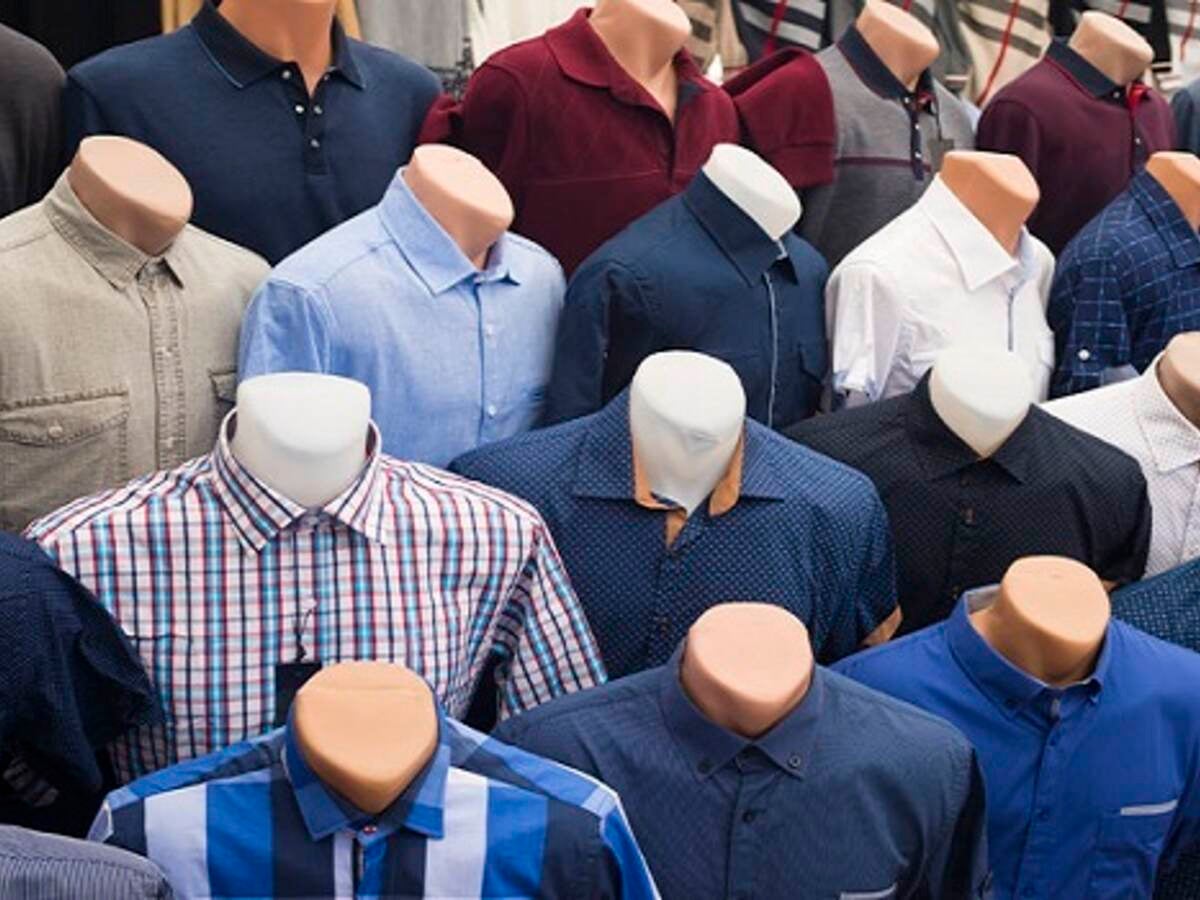September 26, 2017
In 1997, Randy Hetrick, a U.S. Navy SEAL troop commander, was deployed to Asia, but his mission was placed on hold. “The challenge is maintaining conditioning when you have no access to training facilities,” he says. So, he started to experiment with what his SEAL Teammates called a fitness “gizmo” made out of a jujitsu belt and parachute harness. Some 17 years later, his product, now called TRX, has become one of the fitness industry’s hottest workouts.
Hetrick never thought the biggest threat to his growing business would be copy-cat products. In an interview with “How I Built This” host Guy Raz, he said, “the rise of the internet changed everything, creating an environment in which small manufacturers had visibility over products that were hot…we had an explosion of counterfeiting that really threatened to cause us to fail.”
This illustration has become known in the industry as a prime example as to how fake products can undermine and kill small businesses. While an unsuspecting consumer may not initially realize these outcomes, the effects of purchasing counterfeit products may compromise consumer safety, industry innovation and business profitability.
The 11th annual Intellectual Property Crime Conference highlighted many of these consequences.
Consumer Safety
Counterfeit products can cause major safety concerns for the user. One such counterfeit product is fake pharmaceuticals. The Center for Disease Control and Prevention (CDC) estimates that up to 30 percent of medication sold in developing countries is counterfeit. Oftentimes, these products contain no active ingredient. When medication is required to stabilize, or heal a person, obviously, the lack of an active ingredient can be fatal.
Fake drugs may also contain substances like printer ink or lead that can actively harm a person’s body. In one example shared at the IP Crime Conference, tens of thousands of counterfeit contact lenses carrying bacteria were sold to unsuspecting consumers. Not only did the contact lenses not work correctly, but they also severely harmed users, causing inflammation of the eyes, pain, and in some cases blindness.
Fake pharmaceuticals are just one type of product that can compromise consumer safety — many counterfeit products seized and analyzed by UL have put consumers at risk of fire, shock and electrocution. Just this year, UL and Dell Inc. worked together to seize an estimated $1million in counterfeit laptop batteries and adapters. These unauthorized lithium ion batteries and chargers posed dangerous fire hazards to their users.
For their own safety, consumers should only purchase products from authorized suppliers and manufacturers.
Industry Innovation
New mobile phones are one of the most highly anticipated products each year. A typical mobile device has an average of 2,000 patents, demonstrating the value of intellectual property (IP) to innovation. When a company’s IP is compromised, so is innovation. The revenue from IP often feeds into new business ventures, creating a cycle of new products and ideas. If the cycle is broken by unauthorized manufacturers, so is the funding for new products.
At this year’s IP Crime Conference, one company shared how IP advances innovation. While many people view IP as a way to create and grow a large successful company, it also increases value. A revenue model often relies on a combination of scarcity and quality. Counterfeiting reduces both of those factors, driving down value. Without valuable IP, it becomes harder to create anticipated, innovative products.
Business Profitability
Oftentimes, those who purchase a counterfeit fast-moving good, like food, drinks or toiletries, ignorantly do so. The lifeblood of a consumer brand is trust. If that trust in quality is compromised by a counterfeit product, the brand suffers.
At this year’s IP Crime Conference one brand shared how their cosmetics sales suffered from counterfeiting. Fake makeup may contain chemicals that cause skin problems, like breakouts, infection, inflammation and psoriasis. In the worst cases, some products contained lead, arsenic and mercury, which can be life-threatening. In an industry that relies on customer reviews and trust, fake products can cost cosmetics brands’ their value.
Consumers’ brand perception plays a significant role in pricing structure, revenue, sales, etc. While the consumer industry spends millions of dollars on brand perception, hard work can be undermined by fake, low-quality products.
At first glance, it may not appear that purchasing counterfeit products is of consequence; however, negative outcomes for consumers, innovation and brands are of crucial significance. Law enforcement, IP attorneys, government officials and rights’ holders joined at the annual IP Crime Conference to discuss the latest trends in anti-counterfeiting to help stop dangerous products from reaching consumers. It’s a vital platform to share best practices, develop new tools and create stronger networks to combat transnational, organized IP Crime. UL’s Global Security and Brand Protection initiatives help create a safer world by developing joint initiatives focused on enforcement, education and partnerships.

